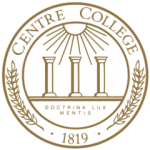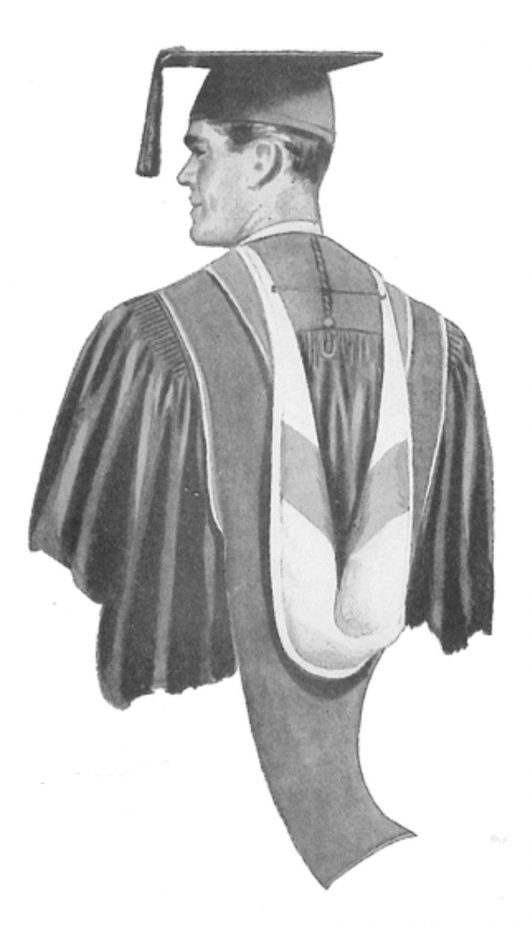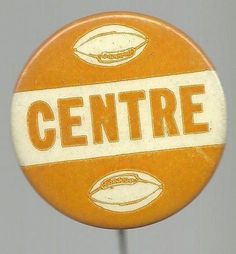Centre College
Kentucky
1819




Students at Centre College apparently started using old gold and white as their school colors at some point before 1850 but gold and white were officially recorded as the school colors in the 1915-1916 school yearbook and then in the 1917 World Almanac.
Citations in the World Almanac (listed by cover date; color information is from the previous year): gold/white (1917-1935)


On 16 May 1895, the Intercollegiate Commission on Academic Costume approved a uniform system of academic costume for American colleges and universities called the “Intercollegiate Code of Academic Costume”. The Intercollegiate Code stipulated that the college color or colors of the institution granting the degree would be used in the lining of the institution’s hood but did not define how multiple colors would be combined in the hood lining. One of the advisors to the Commission was Gardner Cotrell Leonard, the director of the Intercollegiate Bureau of Academic Costume (IBAC), an organization affiliated with the academic costume manufacturing firm Cotrell & Leonard. Since 1887 the IBAC had maintained a database of information about academic regalia in the US and Europe, so the Commission entrusted the IBAC with the responsibility of assigning a unique hood lining design to every college and university that chose to adopt the Intercollegiate Code.
The Commission sent a copy of the Intercollegiate Code along with a list of schools and their colors to the Living Church Quarterly, which included this information in its 1896 edition (published in December 1895). The list of college colors the Commission appended to the Intercollegiate Code was largely copied from the 1894 World Almanac. But some colleges and universities in the Commission’s list did not appear in the World Almanac, so information about these colors was probably supplied by Cotrell & Leonard from their client records. The Commission’s list of college colors represented the first attempt by the Intercollegiate Bureau to create a record of hood linings used by American colleges and universities, but unfortunately the list did not identify which institutions on the list had actually applied to the IBAC for a hood lining assignment, nor did it describe the heraldic patterns the Bureau used to divide the colors within those hoods. Nevertheless, it seems reasonable to assume that the IBAC assigned hood lining designs to the clients of Cotrell & Leonard in the Commission’s list as early as 1895 or within a few years after that.
The old gold and white colors of Centre College appeared in the Commission’s list but not in the 1894 World Almanac, which means Cotrell & Leonard probably supplied this color information to the Commission. And since Centre was a client of that firm, the IBAC was likely to have registered a hood lining pattern for the college c.1895-96. It is unknown what hood lining design the IBAC assigned Centre, because there were other schools with identical or similar colors in the Committee’s list including Oskaloosa College (old gold and white), the University of Texas (white and old gold), and because old gold was often considered similar to orange, Geneva College (orange and white), University of Tennessee (orange and white), and the College of William & Mary (orange and white). The first complete Intercollegiate Bureau of Academic Costume description of Centre’s hood did not appear until 1927, where it was stated to have a white lining with a gold (not old gold) chevron. This was a duplication of the hood already assigned to Smith College. But the original IBAC hood lining assignment for Centre was probably white with an old gold chevron as these were the colors of the college in 1895.